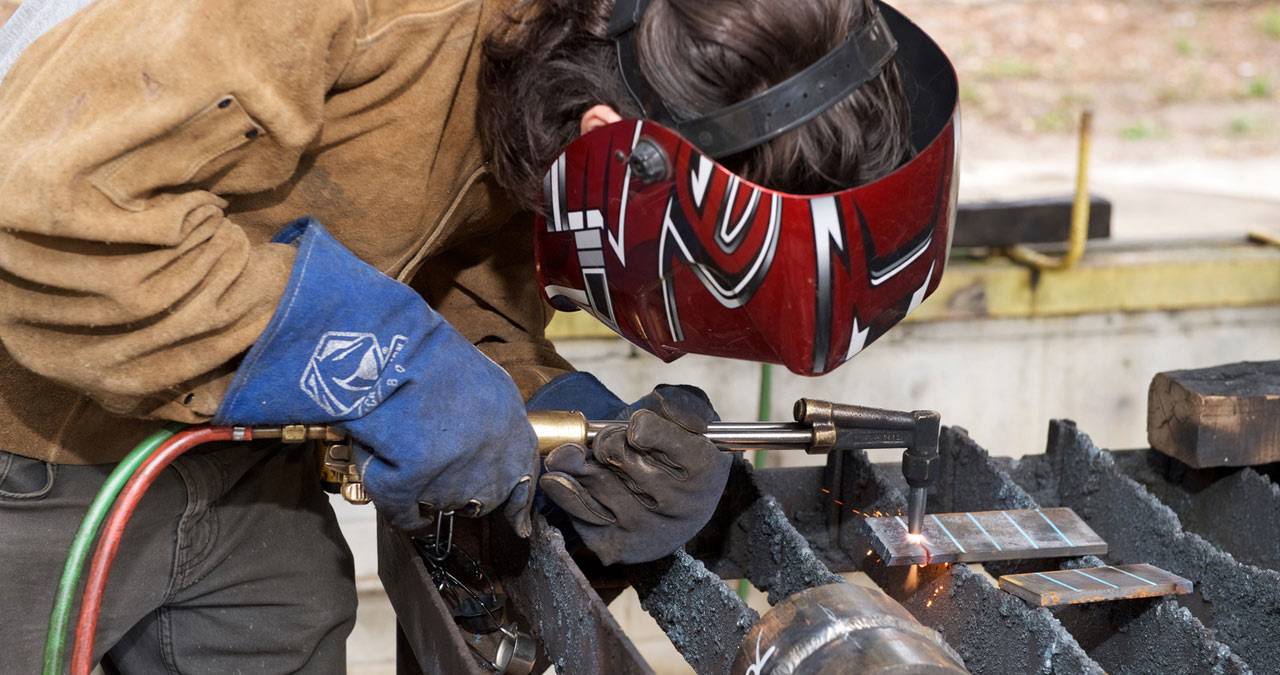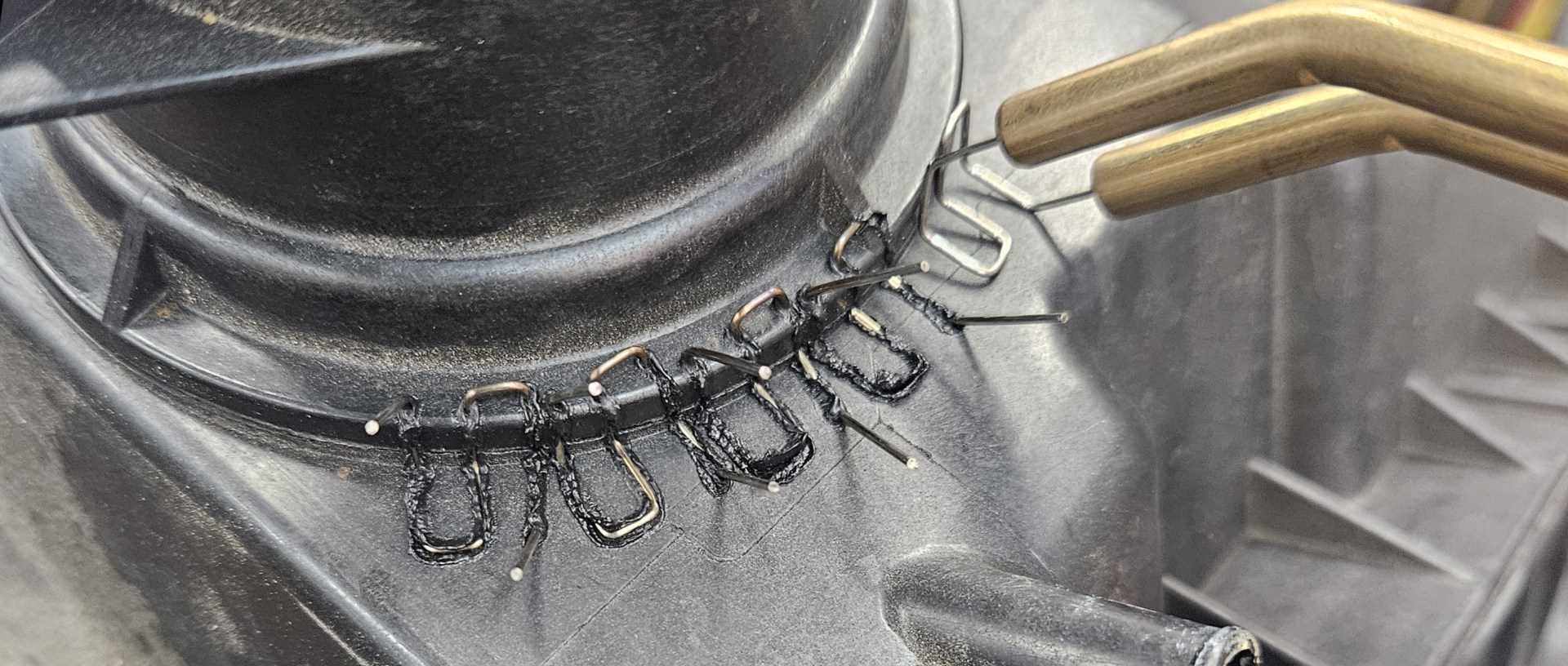Ways to minimize distortion in Montana Mobile Welding and Repair Welding projects
Common Welding Repair Issues and How to Address Them Successfully
Welding repair work usually encounter a series of concerns that can endanger the integrity of the end product. Usual troubles include inadequate penetration, porosity, and imbalance, among others. Each problem provides unique obstacles that call for certain strategies for resolution. Understanding these concerns is necessary for welders aiming to boost their outcomes and abilities. This discussion will check out these usual welding repair work problems and reliable methods to resolve them.
Insufficient Infiltration
Inadequate infiltration occurs when the weld steel stops working to totally fuse with the base material, leading to weak joints and potential structural failures. This concern typically stems from insufficient heat input, incorrect electrode angle, or improper welding rate. Welders may come across insufficient penetration because of a mistake of the necessary criteria for a details material density or type. In addition, contamination on the base material's surface area can prevent reliable bonding, exacerbating the problem. To resolve inadequate infiltration, welders must ensure proper setups on their tools and preserve a tidy work surface area. Regular assessment of welds is suggested to identify any kind of shortages early, permitting timely improvements and the avoidance of endangered structural stability in bonded settings up.
Porosity
Porosity is an usual issue in bonded joints that manifests as tiny gas bubbles caught within the weld metal. This problem can compromise the integrity of the weld, leading to decreased toughness and potential failure under stress. Montana Mobile Welding and Repair Fabrication. Porosity typically arises from contamination, dampness, or inappropriate welding methods, which enable gases to escape right into the molten weld pool. To deal with porosity, welders ought to guarantee proper surface prep work, preserve a clean working environment, and utilize suitable welding parameters. Additionally, picking the best filler product and securing gas can minimize gas entrapment. Normal evaluation and testing of welds can help identify porosity early, ensuring prompt rehabilitative activities are taken, therefore protecting the high quality and reliability of the bonded framework
Misalignment
Imbalance in welding can develop from various elements, consisting of incorrect arrangement and thermal growth. Recognizing the root triggers is vital for reliable resolution. Several adjustment techniques are available to straighten components and assure architectural integrity.
Root causes of Misalignment
Welding imbalance often stems from a range of underlying issues that can compromise architectural stability. One main cause is incorrect fit-up of parts prior to welding, which can cause spaces and irregular surface areas. Variations in thermal growth throughout the welding procedure can likewise result in distortion, particularly if the materials being signed up with have different coefficients of development. Furthermore, insufficient fixturing and clamping might fall short to hold parts firmly in position, resulting in activity throughout welding. Improperly maintained equipment, consisting of welding makers and tools, may present inconsistencies in the weld bead, more adding to misalignment. Operator error, stemming from inadequate training or experience, can also play a substantial function in creating misaligned welds.

Improvement Techniques Offered
Resolving misalignment effectively requires a combination of restorative techniques customized to the particular problems available. One usual approach is the use of jigs or components to hold elements in the proper setting throughout welding, making certain constant positioning. In addition, preheating the products can help minimize distortion and boost fit-up. For significant imbalance, mechanical adjustment techniques, such as utilizing hydraulic jacks or clamps, can be utilized to fix the placement prior to welding. Post-weld warmth treatment may additionally be necessary to relieve anxieties brought on by misalignment. Mindful evaluation and change throughout the arrangement stage can avoid misalignment problems from ending up being considerable troubles, advertising a smoother welding process and improving total architectural honesty.
Distortion
Distortion is a common difficulty in welding that can arise from numerous variables, consisting of irregular heating & cooling. Comprehending the root causes of distortion is vital for implementing efficient prevention methods. Addressing this concern not only enhances structural stability however additionally boosts the general quality of the weld.
Root causes of Distortion
When based on the intense warmth of welding, materials often go through modifications that can bring about distortion. This sensation largely occurs from thermal growth and contraction throughout the welding process. As the weld area warms up, the material broadens; upon air conditioning, it acquires, which can develop internal stresses. On top of that, uneven heating across a workpiece can intensify these stresses, resulting in warping or bending. The kind of product likewise plays a considerable function; steels with differing thermal conductivity and coefficients of development may respond in different ways, causing uncertain distortions. Poor joint layout and inadequate fixturing can contribute to misalignment during welding, increasing the probability of distortion. Recognizing these reasons is essential for efficient welding repair service and avoidance techniques.
Prevention Techniques
Efficient avoidance strategies for distortion during welding emphasis on managing warm input and guaranteeing correct joint layout. Keeping a regular heat input assists to decrease thermal development and tightening, which can bring about distortion. Utilizing techniques such as pre-heating the workpiece can additionally decrease the temperature level slope, advertising consistent heating. Additionally, picking proper joint layouts, such as T-joints or lap joints, can boost stability and reduce anxiety focus. Implementing proper fixturing to protect the workpieces in position even more aids in keeping alignment throughout the welding procedure. Staggered welding sequences can disperse warm much more uniformly, preventing localized distortion. By applying these techniques, welders can significantly decrease the probability of distortion and improve best mig welder for home use the overall quality of their welds.
Breaking
Cracking is an usual concern experienced in welding repair services, frequently arising from numerous factors such as improper air conditioning prices, product selection, or insufficient joint prep work. The incident of fractures can considerably endanger the stability of the weld, resulting in possible failings throughout operation. To address this problem, welders need to first assess the source, guaranteeing that materials work and properly chosen for the particular application. Additionally, regulating the cooling price during the welding procedure is necessary; rapid air conditioning can generate stress and anxiety and lead to cracking. Appropriate joint style and preparation additionally add to lessening the risk. Executing these approaches can boost weld high quality and durability, eventually decreasing the possibility of cracking in ended up weldments.

Incomplete Blend
A considerable issue in welding repair services is insufficient blend, which takes place when the weld metal does not appropriately bond with the base product or previous weld passes - Montana Mobile Welding and Repair. This issue can cause weaknesses in the joint, possibly endangering the honesty of the bonded framework. Aspects adding to insufficient fusion include not enough warm input, inappropriate welding strategy, and contamination of the surfaces being joined. To resolve this concern effectively, welders must assure correct pre-weld cleaning and surface preparation, as well as change their welding parameters to achieve appropriate penetration and blend. Routine inspection during the welding procedure can also aid recognize insufficient fusion early, enabling for prompt restorative measures to boost the overall high quality of the weld
Overheating
While welding repairs can enhance architectural stability, overheating presents a significant obstacle that can bring about product degradation. Excessive heat throughout welding can alter the mechanical homes of steels, leading to decreased strength, enhanced brittleness, and bending. This sensation is specifically important in high-stress applications where architectural integrity why not try these out is extremely important. Identifying getting too hot can include visual inspections for discoloration or distortion, in addition to keeping track of temperature level throughout the welding process. To mitigate the risks related to getting too hot, welders should use ideal strategies, such as managing heat input, readjusting traveling speed, and using suitable filler products. In addition, implementing pre- and post-weld heat therapies can help bring back product buildings and improve the overall top quality of the repair work, making sure long-lasting performance and safety.
Often Asked Concerns
What Are the Typical Signs of a Welding Defect?

Exactly How Can I Test My Welds for Top quality?
To examine welds for high quality, one can make use of visual assessments, ultrasonic screening, and radiographic methods. Each technique ensures architectural honesty, recognizes defects, and verifies adherence to specified requirements, eventually boosting the dependability of the welded joints.
What Safety Precautions Should I Take While Welding?
When welding, one must focus on security by using appropriate personal protective devices, making sure correct ventilation, protecting flammable products away, preserving a tidy workspace, and recognizing environments to avoid injuries and mishaps.
Can I Repair a Weld Without Redoing the Entire Joint?
Repairing a weld without redesigning the whole joint is possible, depending on the damage (Montana Mobile Welding and Repair Belgrade). Methods such as grinding, adding filler product, or utilizing a welding procedure can properly attend to certain flaws while maintaining the surrounding structure
What Tools Are Vital for Effective Welding Fixes?
Important devices for efficient welding repairs include a welding maker, cable brush, mill, protective equipment, clamps, and filler materials. Each tool plays a vital duty in ensuring quality and safety and security throughout the repair service procedure. Porosity usually occurs from contamination, moisture, or inappropriate welding methods, which permit gases to leave right into the liquified weld pool. Poorly conserved equipment, consisting of welding makers and devices, may introduce inconsistencies in the weld bead, additional adding to misalignment. When subjected to the extreme warmth of welding, materials commonly undergo changes that can lead to distortion. Fracturing is a common issue experienced in welding repair services, frequently resulting from different aspects such as inappropriate cooling rates, product selection, or inadequate joint preparation. A substantial issue in welding repairs is incomplete blend, which takes place check here when the weld steel does not properly bond with the base material or previous weld passes.